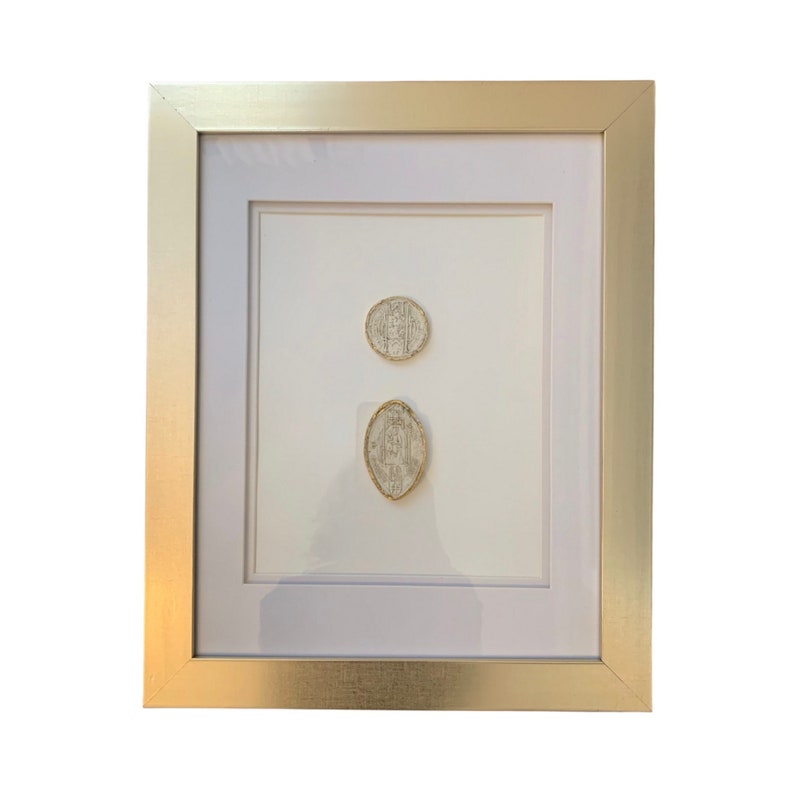

Anne's new approach using classical methods has created pieces of great drama and intensity loved by people who prefer the simplicity and beauty of black and white. Tonal variations are achieved by the depth and density of strokes as well as how much surface is removed. The image is all about light and its relationship with the subject. Mistakes are not easily corrected - they cannot be erased or painted over! It takes a strong, steady hand to maintain the exact pressure required to etch each fine line to the exact depth and width to achieve the finished effect. Historically, Intaglio engravings have been considered by artists to be one of the most difficult mediums to master. Each image requires thousands, or tens of thousands, of these precise lines. The black is slowly cut away to reveal the white clay beneath creating an image.

The image is etched one stroke at a time using extremely fine tools such as scalpels, points, or blades. Although intaglio surfaces are commercially available today, Anne used the traditional process of creating her substrates. The white base is then sanded smooth and a layer of jet black pigment is applied over the top. The rigid base layer has a layer of white kaolin clay applied to it. The substrate to be engraved consists of three layers of material. It is a form of direct engraving on a specially prepared white clay surface.

Intaglio or "scratchboard" art was developed in the 13th and 14th centuries in Germany and Italy.


 0 kommentar(er)
0 kommentar(er)
